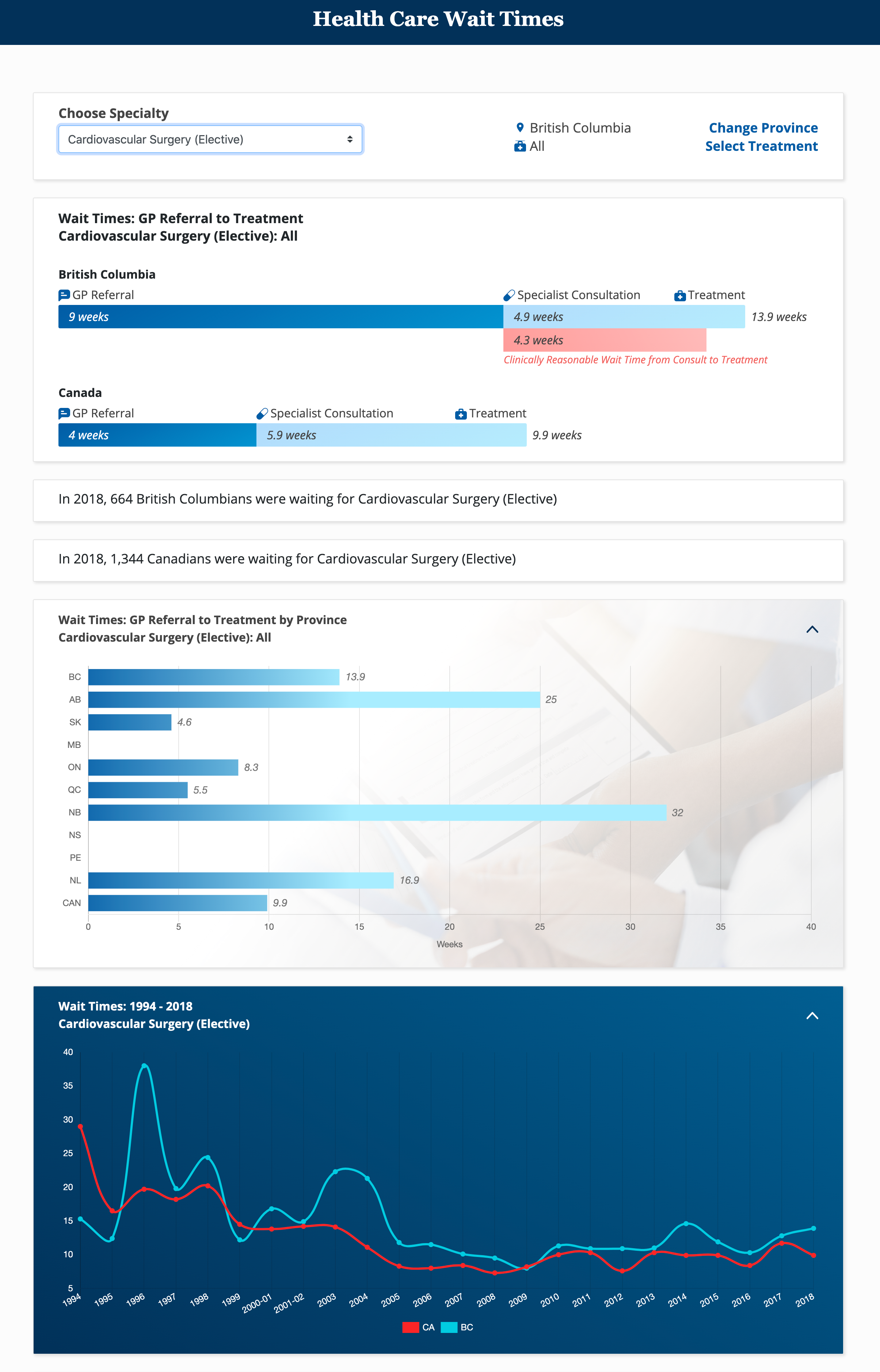How Data Visualization Can Transform Public Health Communications
Authored by - Dave Bezuidenhout & Bjorn Thomson
A Picture is Worth a Thousand Data Points: How to Use Data Visualization to Tell Critical Public Health Stories
Over the past year, the world has struggled to make sense of — and respond appropriately to — a rapidly unfolding global pandemic. In that time, the demand for public health information has skyrocketed. Healthcare workers, government officials, educators, businesses, and the general public have all looked to data to make the quick decisions on which the pandemic’s course has hinged. In fact, the stories hidden in rows and columns of public health data have had the power to meaningfully impact health outcomes and turn the pandemic’s tide.
In this context, the need to disseminate timely public health information is greater than ever. After all, good data leads to informed personal decisions and improved public policy. This means that accessible, easily digestible public health data is no longer an option — it’s a mandate.
Whether or not your organization is currently focused on the coronavirus pandemic, you likely feel a new urgency to make your public health findings accessible to everyone. In fact, you may even be legally obligated to do so. One thing’s certain: You’ve already got the data. The challenge is figuring out how to arrange it into a clear picture that non-experts can effortlessly “read” and understand.
But how? The answer lies in data visualization.
What is Data Visualization, and Why Is It So Useful?
Data visualizations allow you to distill your complex public health data into powerful visual representations that are as easy to understand as they are on the eyes. Translating a multitude of data points into compelling, attractive visuals may seem like a daunting task, especially if you don’t have an in-house graphic designer and data scientist to help you. But embracing data visualization doesn’t have to be complicated or inaccessible.
Defining Data Visualization
So what is data visualization? Quite simply, data visualization is any graphical representation of data. Technically, a static, old-school pie chart counts as a data visualization — and in some cases, it may still be the best choice to showcase a particular dataset.
However, in today’s digital-first world, data visualizations have expanded to include a much richer and more sophisticated set of interactive representations. These dynamic data illustrations allow users to interact with the information as they visually highlight specific factors or patterns.
A quick scan of any major media outlet will likely reveal a number of data visualizations conveying anything from sports statistics and voter turnout trends, to state-by-state coronavirus infections.
Data Visualization: the Perfect Match for Public Health Communications
Data visualizations enable you to translate your team’s findings into compelling, digestible takeaways crafted with your particular audience in mind. They can be used to represent any kind of data. But they are particularly useful when it comes to communicating public health trends and insights.
After all, public health is a data-driven discipline. Public health professionals like the ones in your organization are specially trained to collect, parse, and analyze data. For the experts on your team, the most important stories and compelling insights can often be found in the numbers.
At the same time, as a marketer, you’re tasked with raising awareness about critical public health findings in order to promote informed decisions and positively impact health outcomes at the individual and demographic levels. And you know that your key audiences — ranging from public officials and healthcare providers to the general public — possess varying degrees of data literacy. To be sure, most of them aren’t data experts. And anyway, simply citing a list of statistics usually isn’t the best way to capture and retain your audience’s attention.

How to Choose the Right Data Visualization Format for Your Audience
Thanks to technology, the possibilities for displaying your public health data are virtually limitless. Depending on the amount of data, time, and budget at your disposal, you’ll find that you have a range of options in terms of how you present your data.
In the end, though, the most successful public health data visualizations are those that:
- Distill complex datasets into simple but powerful insights.
- Allow users to filter or manipulate data to answer their most pressing questions and reveal new insights.
- Empower specific audiences to make more informed health or policy decisions.
Of course, data visualizations should also be visually appealing. It would be easy to get swept up by the striking bubble clouds and scatter plots on The New York Times website. But at the end of the day, accuracy and clarity are much more important than looks. And flashy bells and whistles can sometimes detract from your main message.
Bottom line? As with any utilitarian design, the form should follow function. Before diving headfirst into design mode, make sure your data visualization strategy flows from your larger communication goals. Doing so is the best way to ensure your target audience really connects with your data-driven stories.
Refine Your Design With These 8 Questions
Use the following questions to truly engage your audience and hone in on the appropriate format to share your data.
Ask yourself:
- Why does my audience need this information? A general audience may want to get informed, while subject matter experts are looking to make high-stakes public health or policy decisions.
- What is my main purpose in sharing this data? For example, are you reporting on current public health findings, highlighting a new trend, or making a data-driven case for a particular course of action?
- What does my audience most need to know? Your answer may vary depending on whether you are targeting a general audience or a group of specialized experts.
- Is the data static, or will it change over time? If you’re presenting a single snapshot of historic data, you may opt for a more fixed design. On the other hand, if you expect your data to evolve and scale, your data visualization should be architected so that it's similarly scalable.
- Does my audience prefer to see data a certain way? Keep in mind your audience’s data literacy level as well as the data visualization formats they may be most familiar with.
- How will the visualization look and behave on various platforms and devices? Will your audience be able to easily interact with your visualization on a mobile device or tablet?
- Should the data be downloadable? If so, how will you translate your interactive visualization into a fixed downloadable report?
- Is the data qualitative or quantitative? Different data types merit different visual treatments.
Try to put yourself in your intended audience’s mind. Does your data contain jargon that you need to eliminate or simplify? Are you presenting concepts the general public won’t understand without special training? Understanding your objectives and your target audience (and how they interact) should frame how you design and present your data.
Getting Started with Public Health Data Visualizations
You know the information you need to share, and you’re ready to start creating. But after gathering your data, where do you begin?
The first question is who will produce your visuals. Naturally, your budget, time constraints, data visualization strategy, and reporting requirements will all play a role in that decision.
For example, if your initial plan is to quickly produce a handful of static graphics, you may decide to take a stab at them yourself. If so, there are many design tools you can use. Many of them, including Tableau and Infogram, offer a free version. However, they typically come with limitations in scope and flexibility.
The more complex your data (or the more scalable you want your visualizations to be), the better off you are reaching out for help. Enlist the expertise of an agency that knows how to combine design and data science. An external partner with these skills will come ready to uncover subtleties in your data and advise you on how best to share it. They’ll also know how to execute those ideas. In addition, an external partner can architect more sustainable solutions — visualizations that are flexible enough to grow with your dataset without requiring additional development work.
In our increasingly visual world, it’s vital that your public health organization has the ability to distill complex information into coherent, informative visuals. Armed with the right knowledge, you can design your data and present it to your intended audience in a way that sparks interest, increases understanding, and improves health outcomes.







